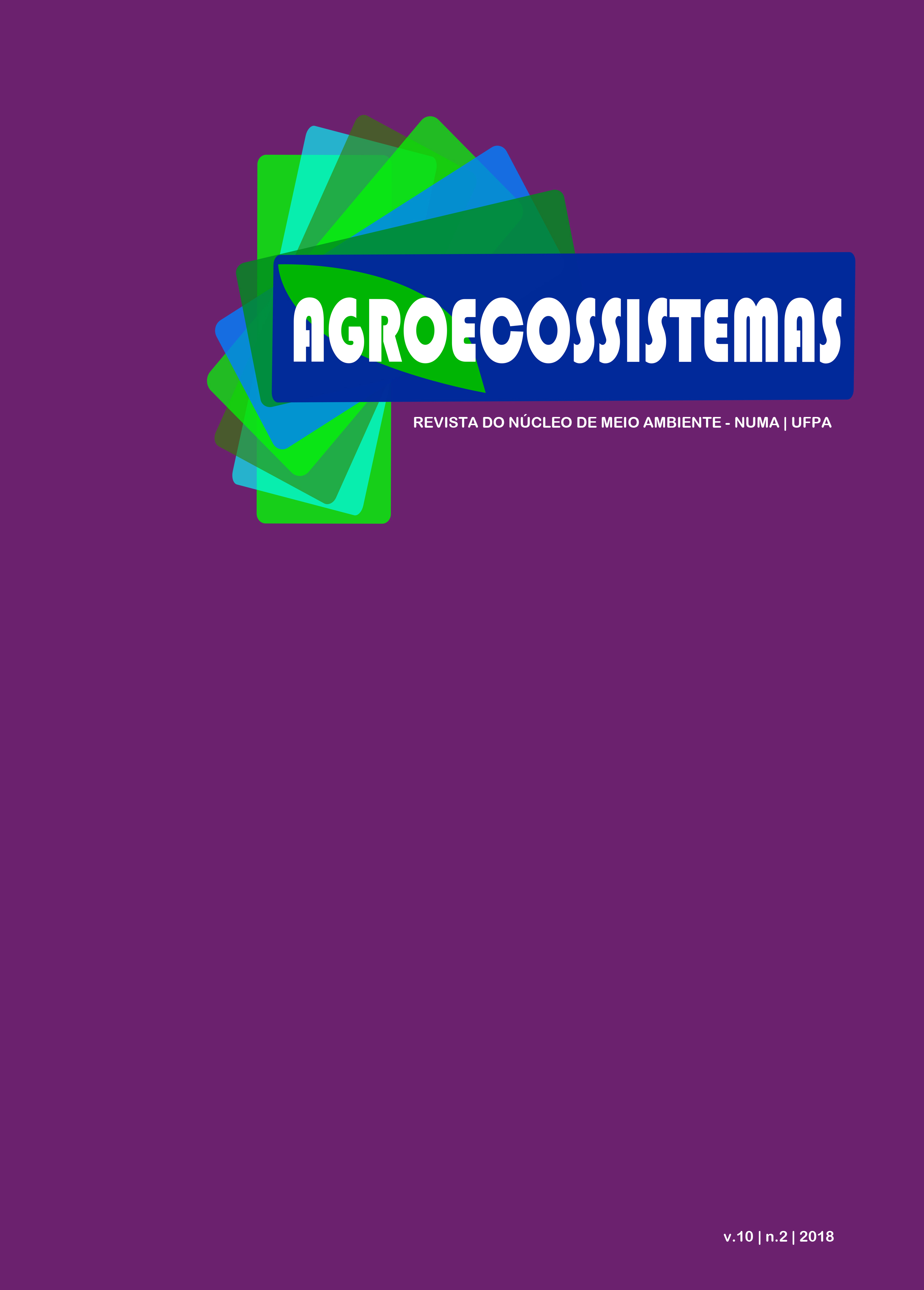GROWTH AND SURVIVAL OF TREE SPECIES IN AN EXPERIMENTAL AGROFORESTRY SYSTEM IN SANTARÉM, PARÁ
DOI:
https://doi.org/10.18542/ragros.v10i2.5203Abstract
This work aims to evaluate the initial growth and survival of three forest species of economic and ecological importance implanted in an agroforestry system under different conditions of area preparation and management. The experiment was carried out at the Experimental Farm of the Federal University of West of Pará (UFOPA), in the period of nine months, with the species: Ipê Amarelo (Handroanthus serratifolius (Vahl) SO Grose), Paricá (Schizolobium parahyba var. Amazonicum (Huber ex Ducke) Barneby) and Brazilian Mahogany (Swietenia macrophylla King). The variables total height (Ht) and diameter at the height of the neck (DON) were measured using a digital caliper and pachymeter. Relative Growth Rates (TCR) of the species were calculated for the Ht and DAC parameters. The analyzes were performed using Bioestat software. The species presented satisfactory responses, for initial growth, in relation to the observed variables and agroforestry systems could be indicated for planting.KEYWORDS: Amazon, Agroforestry, Forest species.Downloads
Additional Files
Published
2018-11-19
Issue
Section
Notas Científicas/Técnicas


